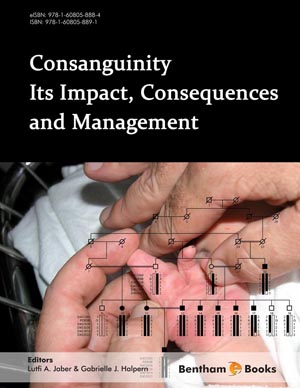Abstract
The effects of inbreeding on reproductive outcome have been extensively studied. Previously it had been considered that inbreeding contributed to increased mortality and morbidity with detrimental effects on reproductive outcome; however, some studies have shown only a moderate to slight impact. The fertility of consanguineous couples and infant and childhood morbidity and mortality in their progeny have also been extensively studied and numerous reports have concluded that consanguinity is not associated with either a significant positive or negative effect on fertility. The majority of studies found that first cousin couples produce more children. In many cases the mean number of live births to women in consanguineous marriages has been reported as being higher than that in non-consanguineous unions, although several studies found that mean fertility rates may be lower in consanguineous couples. Other reports suggested that lower fertility was possibly due to a failure to initiate pregnancy when the couple shared specific HLA haplotypes, or because of the expression of deleterious genes acting during early embryonic or fetal development that resulted in periconceptual losses. In general, higher total fertility rates have been reported in consanguineous marriages. Reports regarding the association of consanguinity and fetal wastage are conflicting, with some reporting that the total prenatal losses were essentially the same for consanguineous and non-consanguineous couples. A higher prevalence of congenital anomalies in general has been reported among first cousin couples in all populations.
Keywords: Congenital anomalies, consanguinity, fertility, fetal wastage, human leukocyte antigen, reproductive outcome.


















